
Frances Harper, William Sylvis, Isaac Myers, and John Roy Lynch are a few of the people featured in the role play.
Shortly after hearing in 1865 that she and others on her Florida plantation were no longer enslaved, Frances told a friend what she thought their future might look like: “This time next year all the white folks will be at work in the fields, and the plantations and the houses, and everything in them will be turned over to us to do with as we please.” While her fantasy didn’t become a reality, something remarkable did.
Without saying anything to their former owner, on New Year’s Day 1866, every freed slave on the plantation left.
The ability of newly freed people to imagine their former owners serving them, or to walk off a plantation en masse in a society that had heavily policed Black movement, reveals the possibilities of a period where something that had only a few years prior seemed unthinkable was now a fact of life. Because, as historian David Roediger writes in his book Seizing Freedom, “If anything seemed impossible in the 1850s political universe, it was the immediate, unplanned, and uncompensated emancipation of four million slaves.”
When this once seemingly impossible fate became a reality, it democratized and revolutionized U.S. society. The sense that the impossible could be made possible by the organization of oppressed people to fight against their oppression had implications far beyond the struggle against slavery. As Roediger documents, between 1865 and 1869, a series of “war-and-emancipation inspired insurgencies . . . raised the possibilities for something like a 19th-century Rainbow Coalition, seeking to bring together the nation’s aggrieved.”
But ultimately racism and sexism tore these movements apart, and the consequences left Black people few allies to fight the insurgent white supremacists that one by one overthrew Reconstruction governments in the South.
This mixer aims to draw out many of these lessons for students by introducing them to individuals in the various social movements, including the labor movement, women’s rights, and voting rights movements that followed the Civil War and their attempts to build alliances with one another. In the mixer, each student takes on the role of a different person involved in the social movements of the time.
The individual roles include:
| Elizabeth Cady Stanton | William Sylvis | Lydia Maria Child |
| Wendell Phillips | Augusta Lewis | P. B. S. Pinchback |
| Frederick Douglass | Ira Steward | W. J. Whipper |
| Lucy Stone | Isaac Myers | Charlotte “Lottie” Rollins |
| Frances Harper | Newton Knight | Benjamin Montgomery |
| Susan B. Anthony | Henry Highland Garnet | Abram Colby |
| John Roy Lynch | Walter Moses Burton | Kate Mullany |
Classroom Stories

I recently used the lesson plan When the Impossible Suddenly Became Possible: A Reconstruction Mixer in my 9th grade Honors U.S. History class. I had previously used the ‘If There Is No Struggle…’: Teaching a People’s History of the Abolition Movement lesson, where I had students take on the role of members of the American Anti-Slavery Society to debate abolitionism in the mid-1800s. My students had enjoyed that activity, and when I found the “Reconstruction Mixer,” I was excited to try it.
For context, this lesson came after a few days of discussion and reading about the Reconstruction Era. Students had built some background knowledge about Reconstruction, the major goals/problems, and the backlash to increased civil rights and freedoms of African Americans. We had looked at examples of Thomas Nast’s political cartoons for perspectives on Reconstruction in the North, and students had done a gallery walk of “Black Codes” passed in Mississippi right after the Civil War.
I felt that this lesson would open their eyes to the myriad possibilities that existed for change during Reconstruction and get beyond the typical, textbook narrative that it had failed due to political compromise, or worse, because of poor governance by “carpetbaggers” and African Americans in the South. I taught the lesson in one day, and I found I needed to do minimal setup for students to take on the role of a historical figure. My students loved the chance to get into “character” and think about what their historical figure had stood for. Once the mixer got started, students naturally took on the roles and partnered up to share their stories and gather information to answer the questions included in the plan. We haven’t studied the Women’s Suffrage Movement or the Labor Movement so it was a great chance for students to start to get background on those issues in a very organic, unscripted way.
I had students reflect on 3 questions after the mixer: (1) Whose story did you find most interesting? Why? (2) What did you learn about the Reconstruction period from this activity? (3) How did you feel about this activity? Some student responses:
The Reconstruction period was the best time to fight for equal rights and establish new laws!
I found Henry Highland Garnet’s story to be the most interesting because he continued fighting for other people’s freedom.
I learned Black people got to have some freedom in the Reconstruction period.
I learned that everyone had different reasons to fight for equal rights, women’s rights, or Black men’s rights, and sometimes these people didn’t all agree.
It was cool! I wish we had more time!
Many different people were taking a chance to change America.
The role-plays, simulations, and general outside-the-box teaching activities offered by Zinn Education, including “When the Impossible Suddenly Became Possible,” give me an opportunity to teach history in a way I wished my high school teachers had embraced. The creators of these lessons clearly understand that students often learn best from EACH OTHER rather than through direct instruction, rote memorization, or textbook reading. With minimal background and setup needed, this lesson was a powerful addition to my unit on Reconstruction.
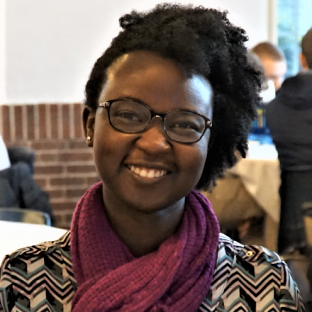
My experience learning about the Reconstruction Era in school (which I’m sure was like most people’s) centered around the Reconstruction Amendments and the actions of the President and Congress.
As a teacher, I wanted to go beyond the amendments to introduce my students to the individuals who were involved in the abolition movement and the fight for equality and justice.
The Reconstruction Mixer lesson did just that. Students took on roles of people involved not just in the abolitionist movement but also in the women’s rights and union workers’ movement. It’s a good day when students know the names and stories of people who fought for justice in their community and their nation.
The diversity of the people included in the activity led to some interesting conversations. In our post-mixer discussion, students spoke up about the tensions between different movements, especially the abolitionist and women’s rights movements.
My class delved into a deeper conversation about what to do when you don’t get what you are fighting for — do you support the other movements or do you stand firm and focus on only what you want? This is a discussion we would not have had if we had just looked at the Reconstruction Amendments and the actions of the people at the top! I will definitely be doing this lesson again in my class.
I did the When the Impossible Suddenly Became Possible: A Reconstruction Mixer by Adam Sanchez and Nqobile Mthethwa with my Africana Studies class. It took one day to read and annotate their character files, two days for the actual mixer portion, and one day for the debriefing conversation.
This is a small class of 8 students, mostly 9th graders, so we had a lot fewer characters in our mixer than in the original version! However, due to the size of the class, students had to speak to every person in order to complete the handout, so it was a good opportunity for shy students to practice exchanging ideas with their peers and feel more comfortable going up to people in the class. The activity built a better sense of community in the classroom because they needed each other, rather than only looking to the teacher for information.
During the debriefing conversation at the end of the activity, students made insightful connections between social movements during this historical moment and those in the Civil Rights Era. One student pointed out how female members of the Civil Rights Movement and those who might not have been considered “respectable” enough, like Claudette Colvin, are frequently left out of the narrative of civil rights, which is similar to how men such as Wendell Phillips centered Black men in the movement for Black rights.
Several students were bewildered and flabbergasted that they had never been taught about the racism of Elizabeth Cady Stanton and Susan B. Anthony. One student said, “I learn something new every day in this class that challenges what I thought I knew! If you would have asked me who fought for women’s right to vote, I would have immediately told you Elizabeth Cady Stanton and Susan B. Anthony. Now I know they were mainly fighting for white women’s rights.” This led to an insightful conversation about dominant historical narratives of activists and how they flatten the complexities of striving for and achieving change for marginalized groups in the U.S.
Thanks for an excellent learning experience, Zinn Ed Project!

Role plays are such an excellent way of engaging students in learning. When the Impossible Became Possible: A Reconstruction Mixer allows students to interact with both the content and one another to further their learning. I chose to do the lesson at the end of our unit on Reconstruction. Students had a good basis of understanding, but only from the newly freedmen and women’s perspective. This activity revealed to the students, as well as myself, the new possibilities that many Americans recognized after emancipation.
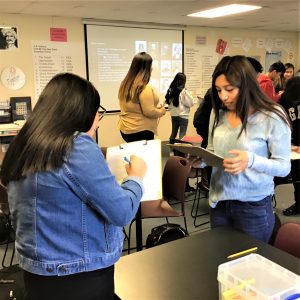
Students in Andy Coulombe’s classroom interview each other during the Reconstruction Mixer activity.
During our debriefing discussion, some students were struck by the narrow thinking behind many activists who placed, as one student mentioned, “priorities of justice,” believing that the nation could only have justice for one group at a time. Another student even mentioned how easy it was for many of the people involved in social activism to lose site of the bigger picture of “justice for all,” refuse the collaboration and solidarity of others and allow racism and sexism to derail their own movements. One group of students connected past learning to debunk this myth by mentioning how the Women’s Liberation Movement, Chicano Movement, American Indian Movement and African-American Civil Rights Movements all co-existed and moved towards social justice during the same decades of the 20th century.
I was impressed with the connections that this activity allowed for my students to make. It was a perfect lesson to include in our study of Reconstruction.
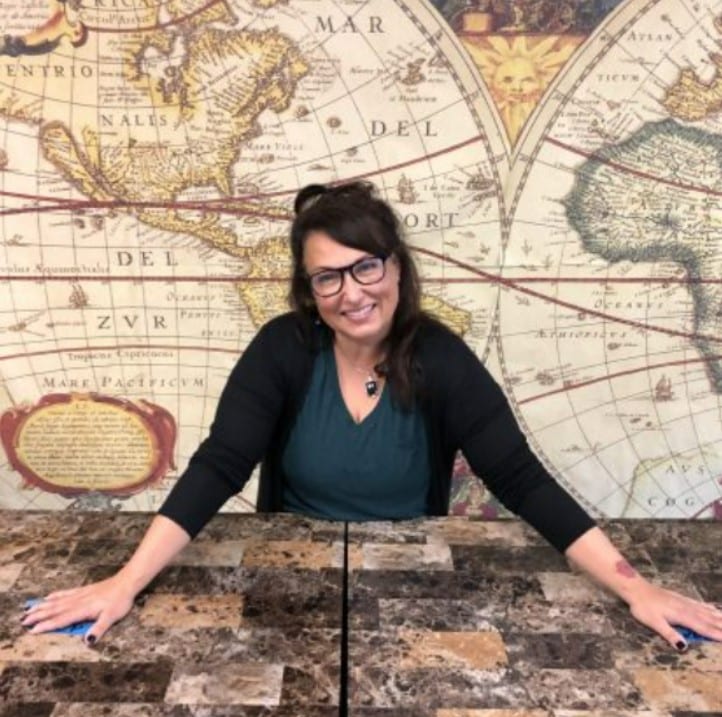
I used When the Impossible Suddenly Became Possible last year and LOVED it. The stories the students learned in the mixer brought to life how extraordinary this time was and not just something to brush past on our way to our unit on the Second Industrial Revolution. It segued us into that unit as well as into the Great Migration. This curriculum led to excellent “push/pull” conversations, too.
The most powerful story for me was that of Benjamin Montgomery who actually bought Jefferson Davis’, the President of the Confederacy, plantation! What a man! What a story!
For the mixer, I had my students create name badges and they put their interview sheets on a clip board. We sat outside at tables and when one interview was over they raised their hands and moved to a new table to hear a new story. I participated as well and loved interacting with my students.
When we finished, we went inside and each table group discussed what they learned. Then we had a class discussion about what surprised us, what inspired us, and what upset us. Back in their table groups (of 3 or 4) they connected what they learned from the activity to other themes in history and/or today. A second class discussion led to topics The Trail of Tears, immigration, the Holocaust, Japanese internment, and police brutality. They even added in Supreme Court decisions and first amendment rights!
This activity came in the last month of the school year for my eighth grade class and WOW. I was so impressed by the higher-order-thinking it facilitated and inspired by how aware these kids are to what is right with America, and what is still so very wrong.

The classroom textbook does not really highlight the successes of Reconstruction and focuses on the backlash to this progress. Reconstructing the South: A Role Play successfully revealed to my students the problems that needed to be addressed during Reconstruction. In particular, students were interested in the questions about what should happen to the land and if there should be any consequences for Confederate leaders.
The second Reconstruction lesson, the Reconstruction Mixer, was also very successful. It showed students the social organizing that happened during Reconstruction. The question of addressing Black rights and women’s rights got students thinking about the challenges of organizing, and how difficult it is to make radical changes when people do not agree on issues. I like the diversity of the people included in the role, and that there were several people I had not heard of before. Students enjoyed the mixer format. We also did the Election of 1860 Role Play and this mixer was a nice change of routine.
I decided to spend more time on Reconstruction than during the Civil War because of these great lessons available. I think it’s important to show the post-war progress after learning about the cruel economic system of enslavement. I would use it again in a class, for sure.
Read more teacher comments about lessons on Reconstruction.
Tell Us Your Story — Get a Free Book
Have you used this lesson? We want to hear from you! Receive a free copy of Eric Foner’s A Short History of Reconstruction or James Loewen’s Lies My Teacher Told Me for your time. Learn more.
Teach Reconstruction Campaign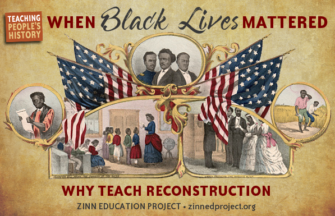
“When the Impossible Suddenly Became Possible: A Reconstruction Mixer” is one of the lessons offered as part of our campaign to Teach Reconstruction.
Learn more in the Zinn Education Project national report, “Erasing the Black Freedom Struggle: How State Standards Fail to Teach the Truth About Reconstruction,” and find teaching resources on Reconstruction below.

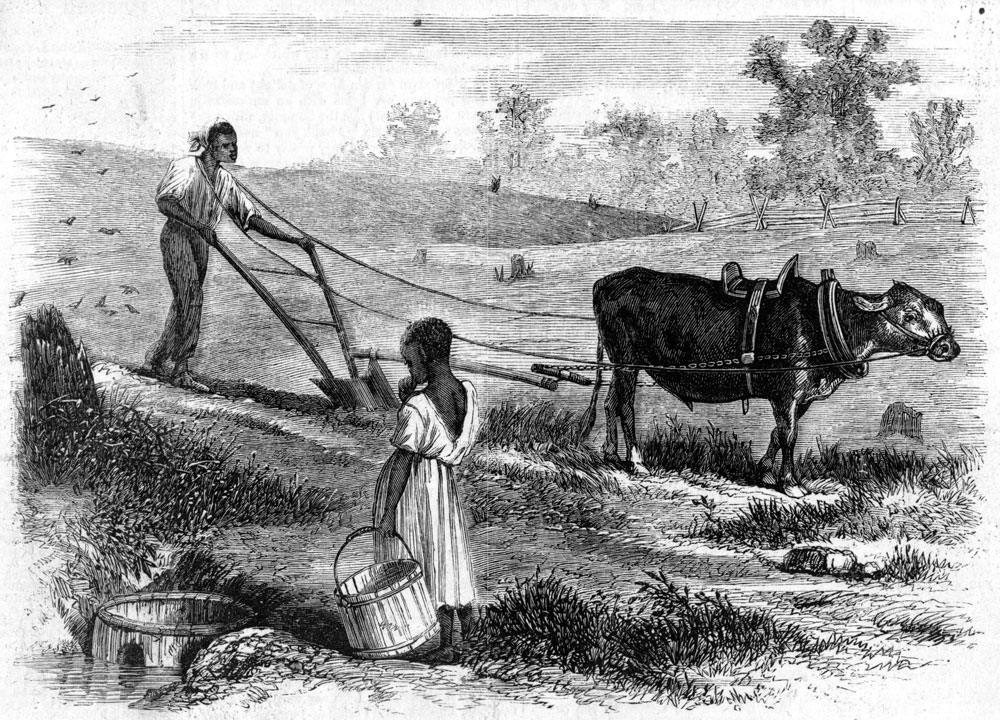
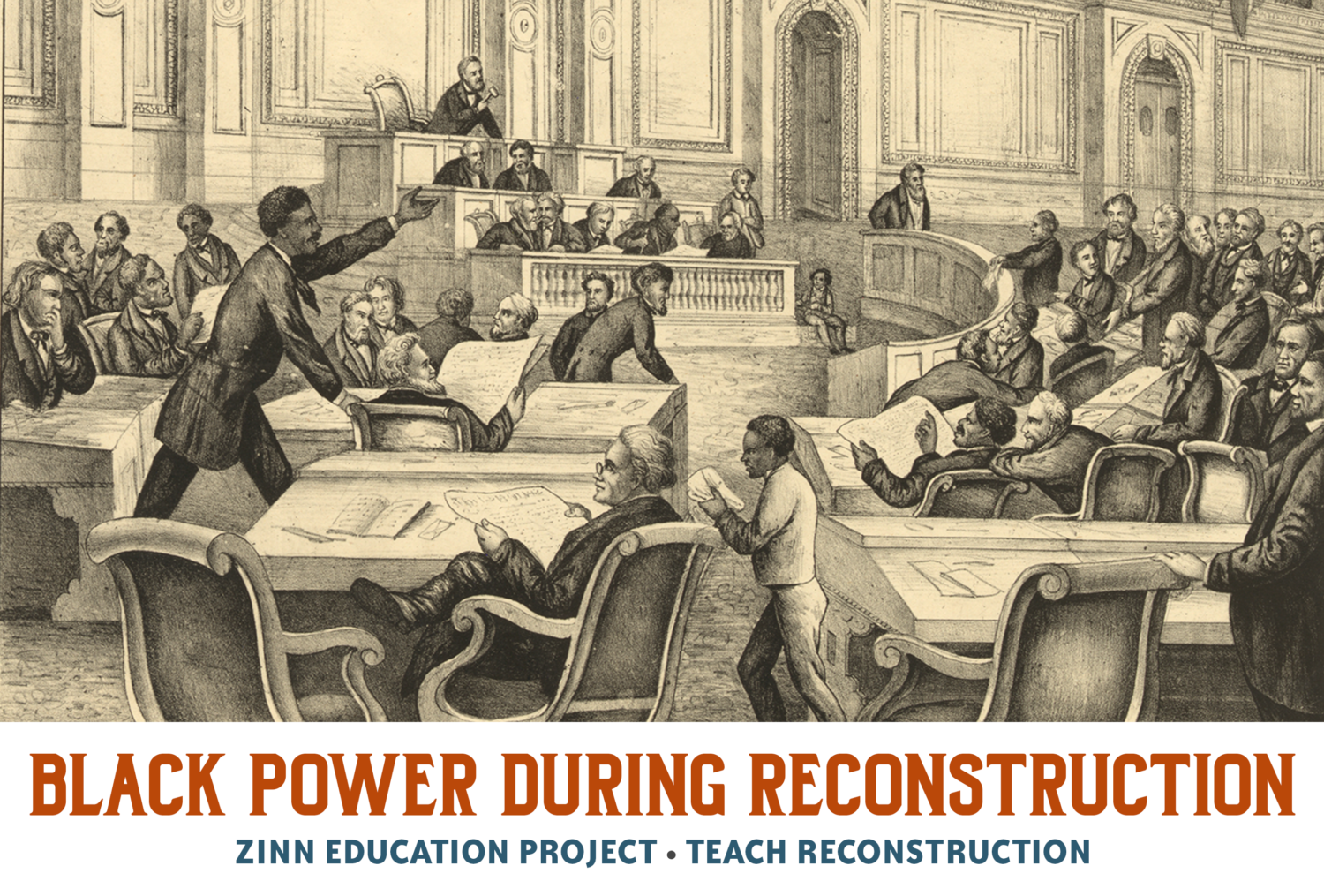
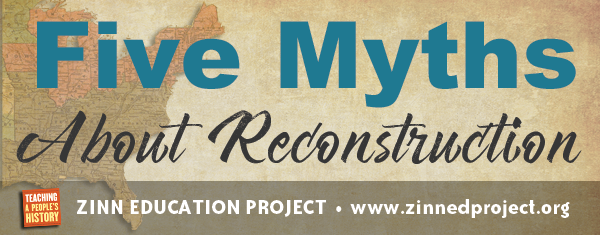
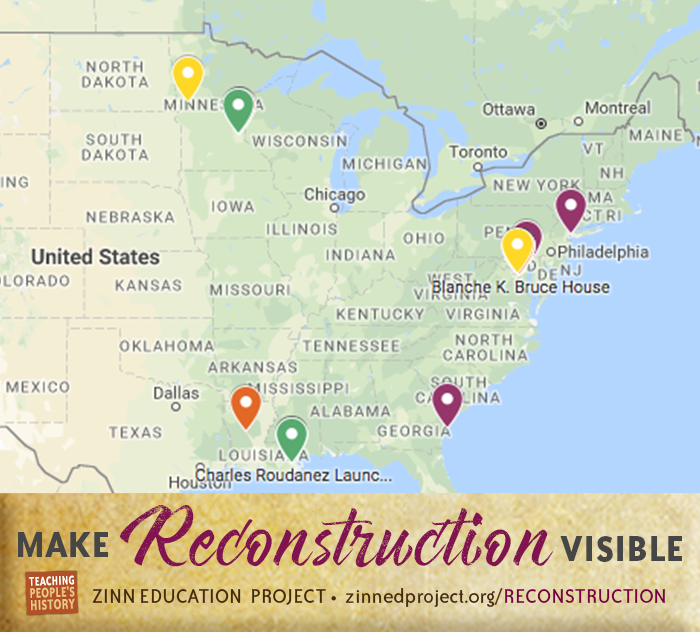
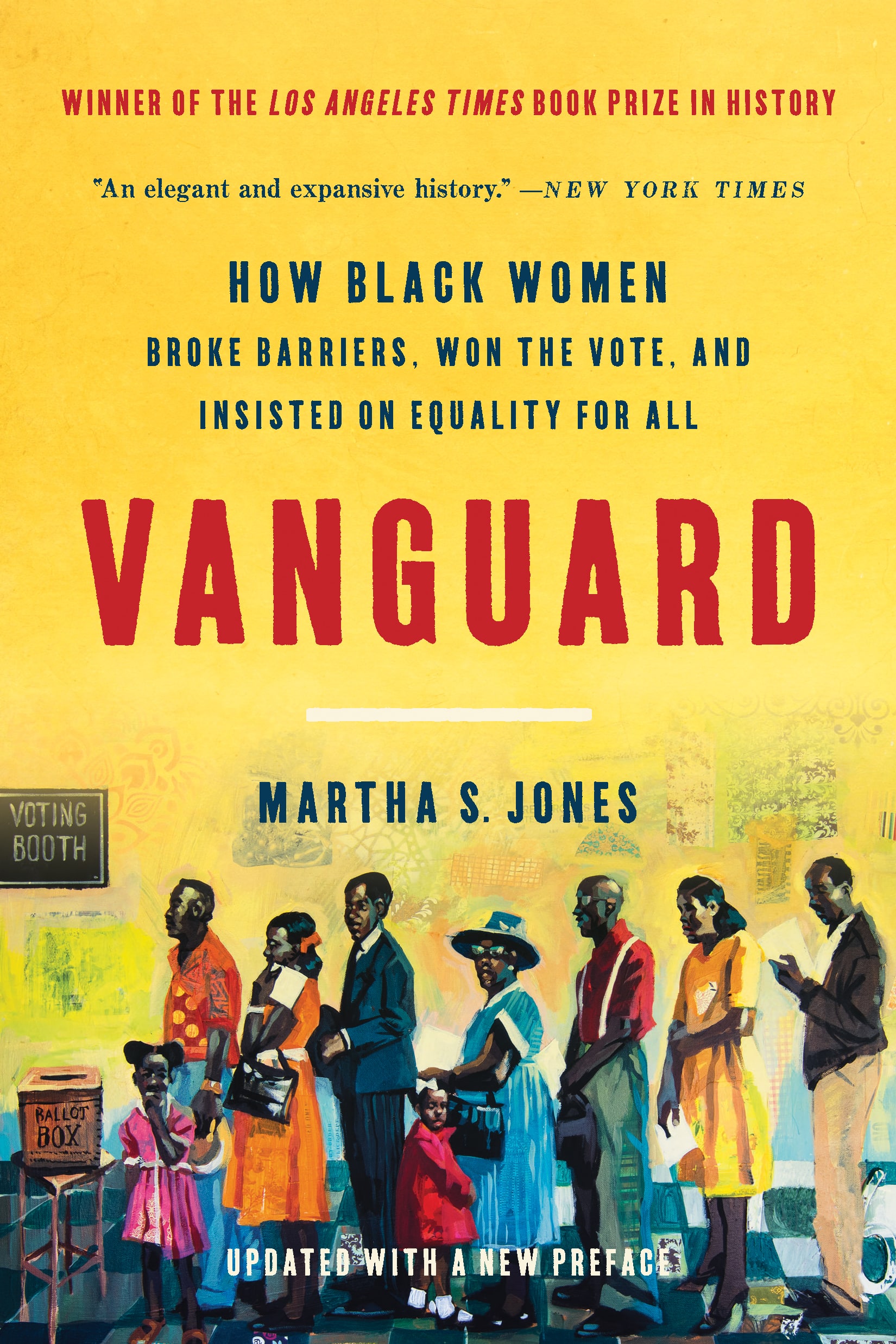
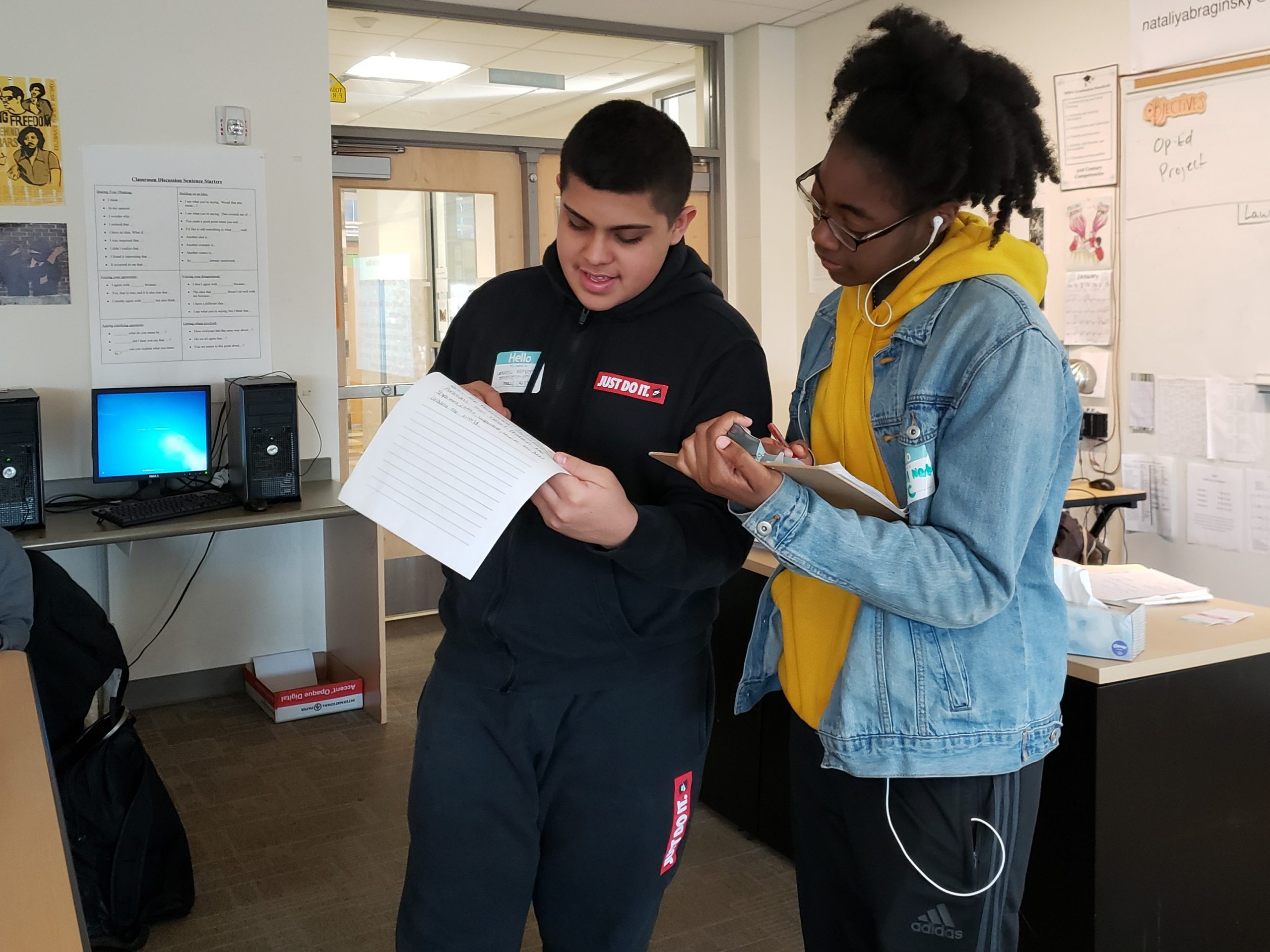






Twitter
Google plus
LinkedIn